History is filled with stories of betrayal, and sometimes, those who turned their backs on their own people paid the ultimate price. From political figures to military leaders, traitors often face severe consequences for their actions. But the stories of these historical figures are far more than just tales of treason—they’re also a look into the complexities of loyalty, power, and personal choices that shaped entire nations. While some were driven by personal gain, others were motivated by ideologies or survival, leading them down paths that ultimately led to their downfall.
The price of betrayal isn’t always immediate, and for many of these traitors, it came after years of escape, hiding, or even an attempt at redemption. Whether they were executed, exiled, or left to live in shame, the consequences they faced were a direct reflection of the impact their actions had on the course of history. Looking at these figures, we get a glimpse of how personal decisions can change the tides of nations—and how history, in its unyielding way, eventually catches up with those who betray it.
Benedict Arnold
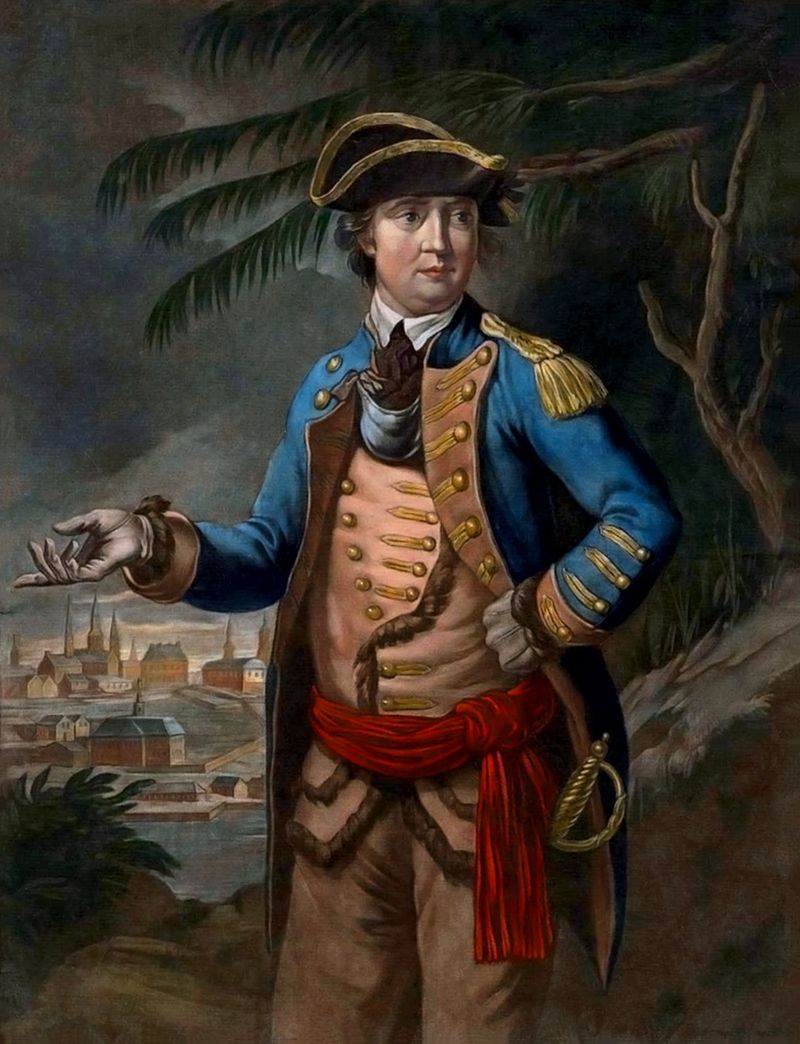
Benedict Arnold, once a celebrated American general in the Revolutionary War, switched sides in 1780, offering the British Army West Point’s control. His motivations were financial woes and resentment over lack of recognition.
After his plan was uncovered, Arnold fled to Britain, where he lived disgraced. Although granted a pension and title, he was shunned, symbolizing treason’s ultimate cost. Ironically, his name became synonymous with betrayal.
Arnold’s life serves as a warning about the consequences of valuing personal gain over loyalty, and how such choices can lead to infamy and isolation.
Judas Iscariot

Judas Iscariot, one of Jesus Christ’s twelve apostles, is infamous for betraying Jesus for thirty silver coins. His act of identifying Jesus to Roman soldiers led to Jesus’s arrest and crucifixion.
Overcome with guilt, Judas attempted to return the blood money, but was rejected. Despairing, he took his own life, forever remembered as a pariah in Christian theology.
Judas’s story highlights the destructive power of greed and remorse. His name endures as a powerful metaphor for betrayal, illustrating how a momentary lapse in moral judgment can lead to eternal disgrace.
Vidkun Quisling
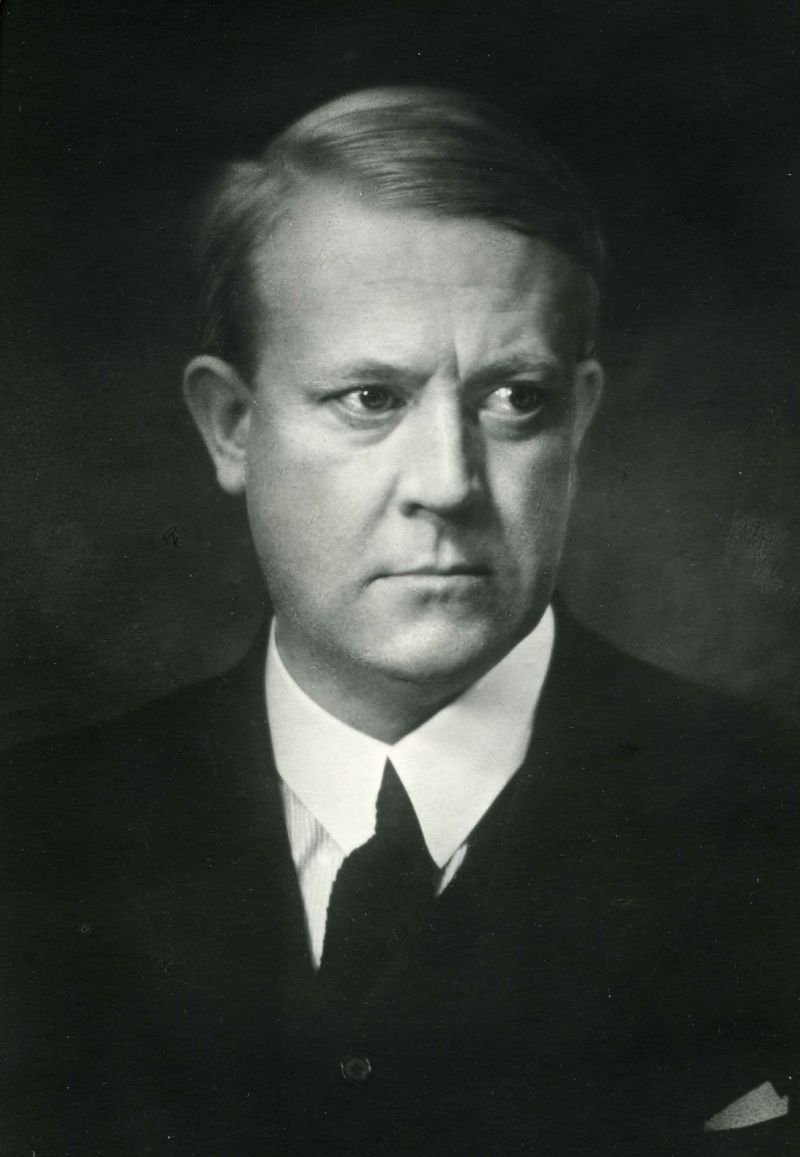
Vidkun Quisling, a Norwegian military officer, is notorious for collaborating with Nazi Germany during World War II. Appointed Minister-President in occupied Norway, he implemented oppressive policies against his countrymen.
After the war, Quisling was tried for high treason. Despite his attempts to justify his actions, he was executed in 1945. His name became synonymous with “traitor” in Norway.
Quisling’s life serves as a stark reminder of the cost of treachery and collaboration with occupying forces. His story underscores the profound impact of national betrayal and the harsh justice it invites.
Brutus
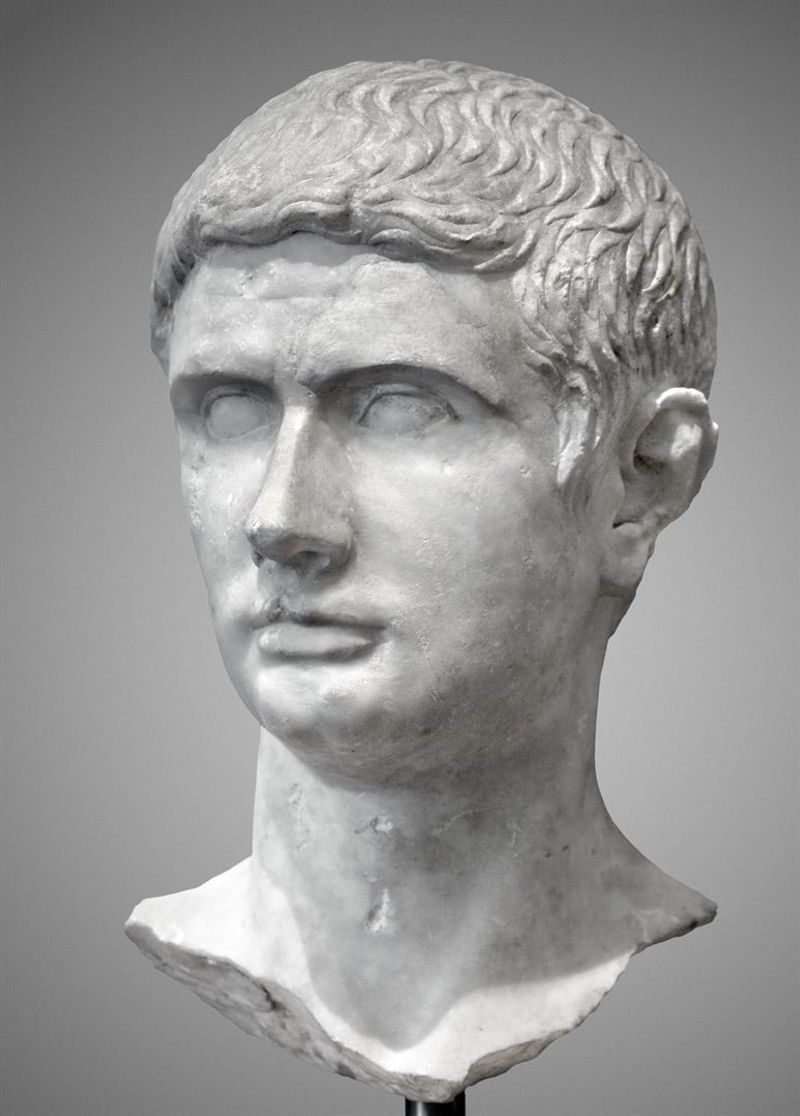
Marcus Junius Brutus, a Roman senator, is best known for his role in the assassination of Julius Caesar in 44 BC. Once a friend, Brutus joined the conspirators believing Caesar’s death was necessary for Rome’s republic.
However, the murder led to chaos, with Brutus eventually defeated at the Battle of Philippi. Facing capture, he took his own life.
Brutus’s tale illustrates the perils of political idealism turned to violence. His internal conflict and tragic end emphasize the complexities of loyalty and the unforeseen consequences of drastic actions in pursuit of perceived justice.
Mata Hari

Mata Hari, born Margaretha Zelle, was a Dutch exotic dancer accused of being a spy for Germany during World War I. Her allure and connections made her an attractive asset for espionage.
Arrested by French authorities in 1917, she was charged with espionage and executed by firing squad. Her story, shrouded in controversy, questions the true extent of her betrayal.
Mata Hari’s life and death highlight the dangers of espionage and the blurred lines of loyalty amidst wartime. She remains a symbol of seductive intrigue and the severe consequences faced by those caught in the web of espionage.
Et tu, Tuanku Abdul Rahman of Negeri Sembilan
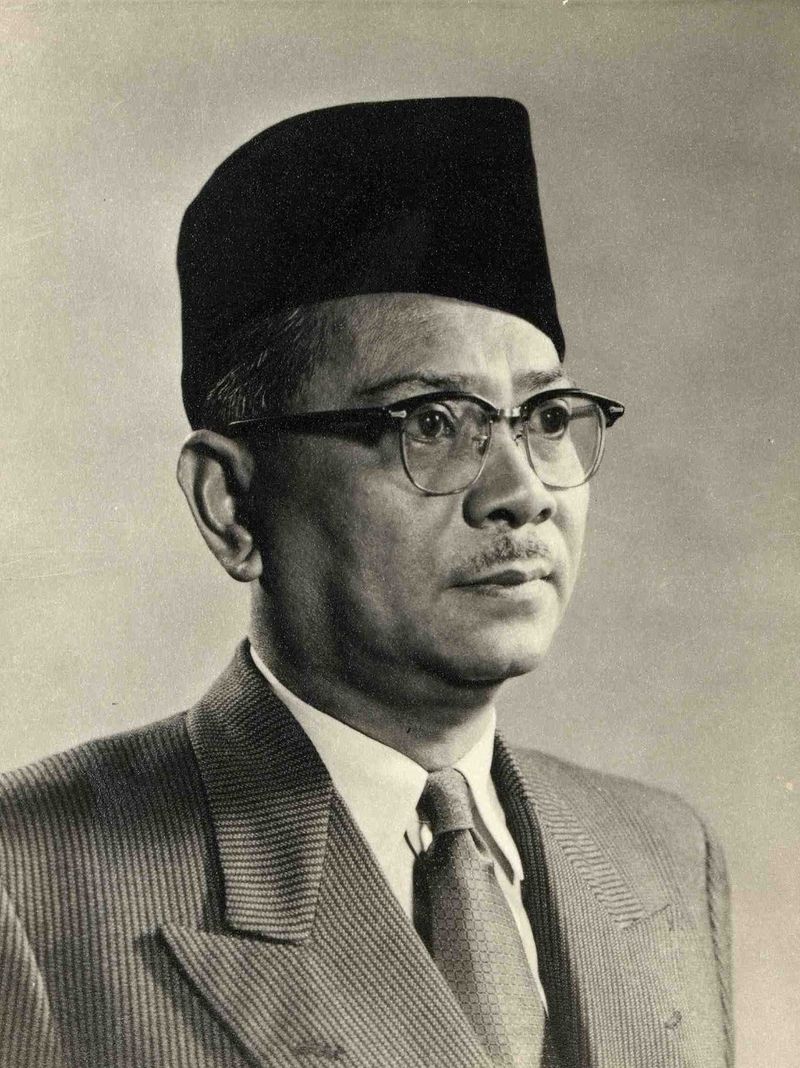
Tuanku Abdul Rahman of Negeri Sembilan, a Malaysian sultanate, faced accusations of betrayal during British colonization. While some viewed his cooperation as strategic, others saw it as treachery.
This nuanced view of his actions highlights the complexities of navigating colonial rule, where leaders often faced impossible choices.
Despite the accusations, his legacy remains mixed. Debates continue about his motivations, reflecting how history often blurs the lines between collaboration and survival. His story serves as a reflection on the difficult decisions leaders must make under oppressive regimes, and the lasting impact on their reputations.
Mir Jafar
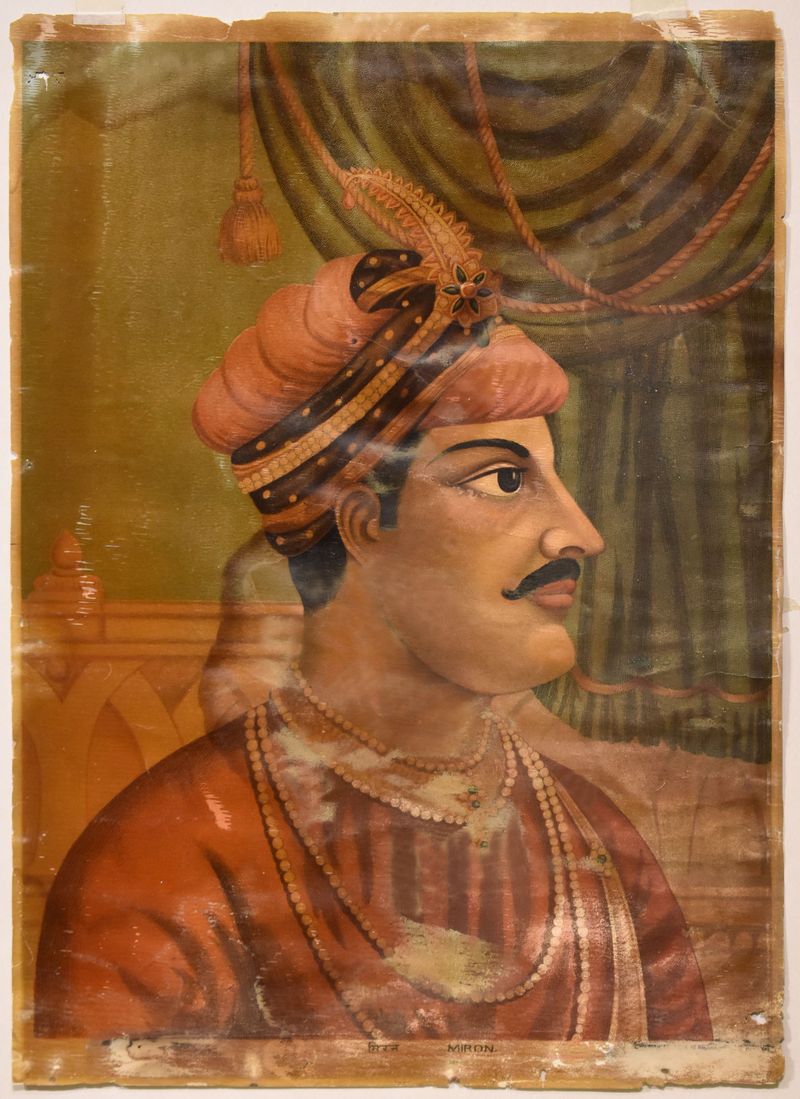
Mir Jafar, a key figure in India’s history, is infamous for betraying Nawab Siraj-ud-Daulah in the Battle of Plassey in 1757. His defection to the British East India Company led to their control over Bengal.
Although he was installed as Nawab by the British, his reign was marked by manipulation and exploitation. Eventually, he was deposed, dying in disgrace.
Jafar’s story is a cautionary tale about the perils of power and the fleeting nature of alliances with colonial forces. His betrayal had lasting consequences for India, altering its path for generations.
Robert Hanssen

Robert Hanssen, a former FBI agent, betrayed his country by spying for Soviet and Russian intelligence for over two decades. His espionage compromised numerous U.S. operations and agents.
In 2001, Hanssen’s double life unraveled, leading to his arrest. He was sentenced to life imprisonment, spending his days in solitary confinement.
Hanssen’s actions reveal the dangers of divided loyalties and the destructive impact of espionage. His story serves as a stark reminder of the severe personal and national security consequences when trust is breached at such a high level.
Ephialtes of Trachis

Ephialtes of Trachis is remembered in history for betraying the Greeks during the Battle of Thermopylae in 480 BC. His knowledge of a secret path allowed Persian forces to outflank the Greek defenders.
Ephialtes’s actions enabled a significant Persian victory, yet he gained little from this betrayal. He was later killed, possibly for unrelated reasons, but his name became synonymous with treachery.
His story emphasizes the impact of individual actions on larger historical events, illustrating how personal motives can alter the course of history and lead to lasting infamy.
Richard Rich

Richard Rich, a figure in English history, is known for his role in the fall of Sir Thomas More. As a witness against More in 1535, his testimony led to More’s execution.
Rich gained wealth and titles, but his moral integrity was questioned throughout his life. His ambition and willingness to betray for personal gain have left a tainted legacy.
Rich’s life story is a study in ambition at the expense of ethics. His actions reveal the personal cost of political maneuvering and the lasting impact of unethical decisions in the pursuit of power.
Rosalind Franklin

Rosalind Franklin, a brilliant scientist, is often overlooked in the discovery of DNA’s structure. While not a traditional traitor, her story involves academic betrayal.
Her crucial X-ray diffraction images were shown to Watson and Crick without her permission, aiding their Nobel Prize-winning discovery.
Franklin’s story highlights the complexities of recognition in scientific achievements and how intellectual property can be misused. Her legacy as a pioneering scientist is marred by the betrayal she endured, serving as a reminder of the need for ethical collaboration in research.
Rudolf Hess
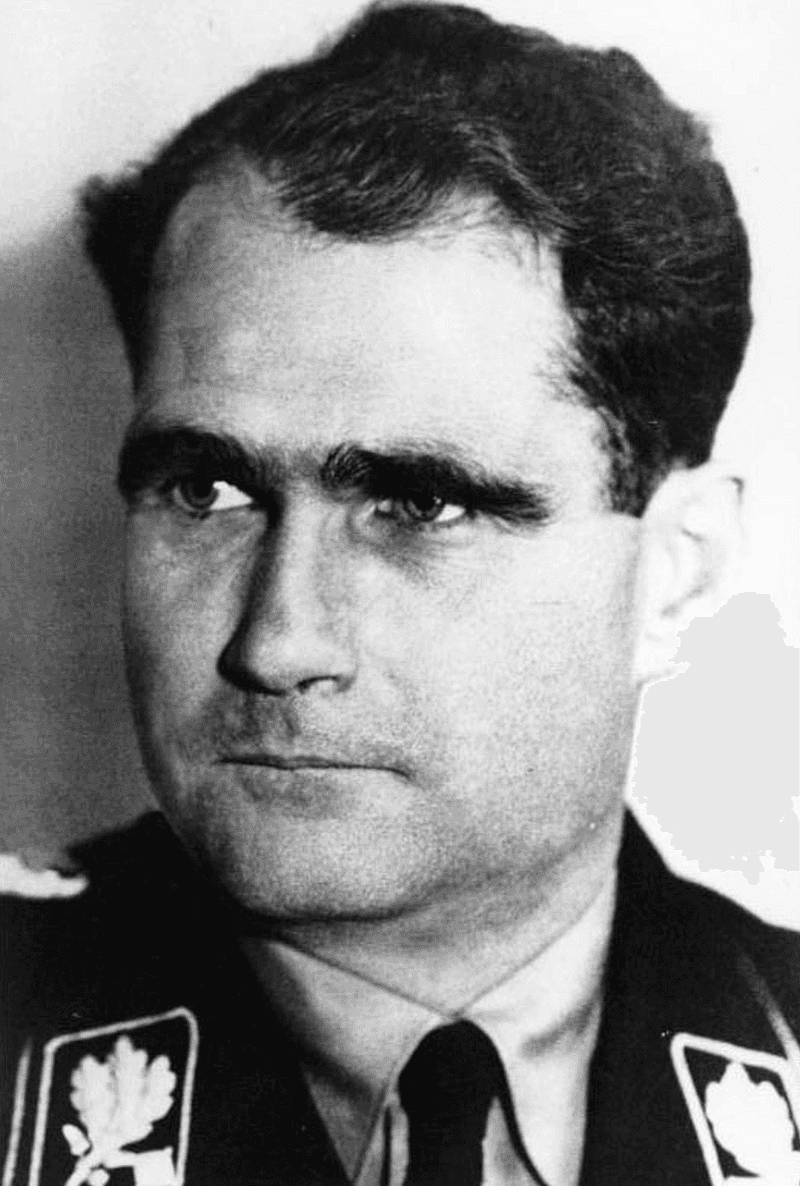
Rudolf Hess, a prominent Nazi official, made a surprise solo flight to Scotland in 1941, claiming to negotiate peace. However, his unauthorized mission was seen as betrayal by Hitler.
Captured by the British, Hess spent the rest of his life in prison, ultimately dying under mysterious circumstances in Spandau.
Hess’s actions and their repercussions highlight the complex nature of loyalty within dictatorial regimes. His story reflects the often perilous outcomes for those attempting to alter political paths unilaterally, emphasizing the unpredictability and danger of acting against oppressive leadership.
Philby, Kim

Kim Philby, a British intelligence officer, was a high-ranking member of the infamous Cambridge Five spy ring. For decades, he passed secrets to the Soviet Union, compromising numerous operations.
Philby defected in 1963, fleeing to Moscow, where he lived until his death. Despite his espionage, he was never convicted in Britain.
Philby’s deception underscores the double-edged sword of intelligence work. His actions resulted in significant breaches of trust and security, serving as a cautionary tale about divided loyalties and the complex nature of Cold War espionage.
Henri Philippe Pétain
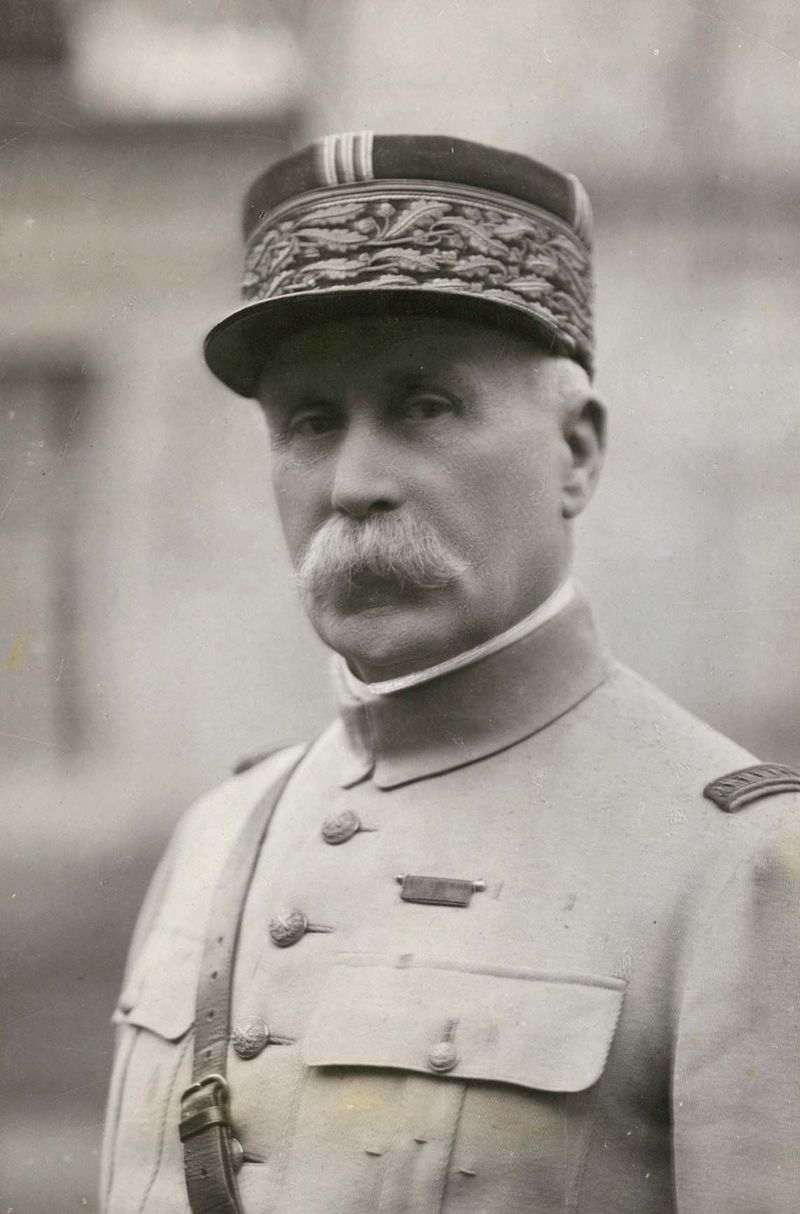
Henri Philippe Pétain, once hailed as a World War I hero, became a symbol of France’s capitulation to Nazi Germany. As leader of Vichy France, he collaborated with the occupiers, implementing harsh policies.
After the war, Pétain was tried and convicted for treason. Originally sentenced to death, his age led to a commutation to life imprisonment.
Pétain’s actions illustrate the potential consequences of collaboration under duress. His story remains a powerful lesson about the complexities of leadership during wartime and the moral ambiguities that can arise under occupation.
Alfred Redl
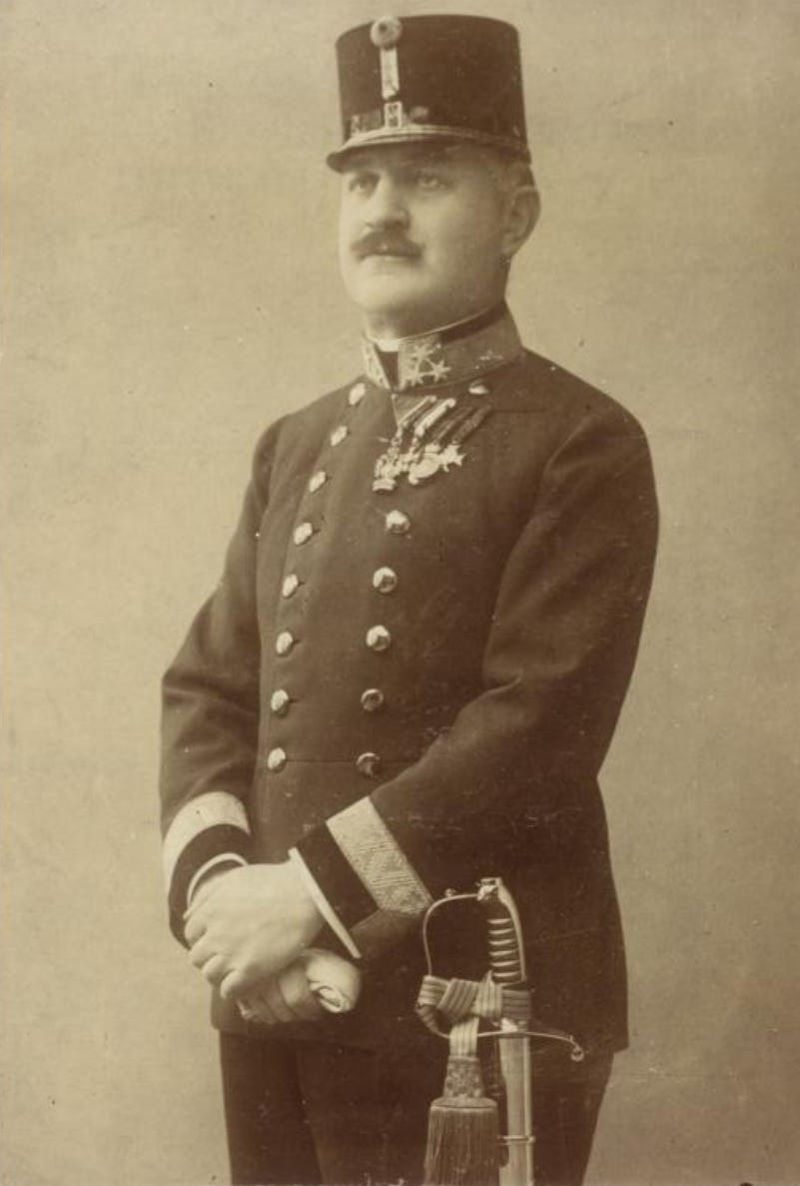
Alfred Redl, an Austrian military officer, was discovered to have spied for Russia in the early 1900s. His betrayal jeopardized Austria’s military strategy, with information sold to enemy states.
Upon his exposure, Redl was forced to commit suicide, and his story became one of espionage’s most notorious cases.
Redl’s tale highlights the personal and national risks associated with espionage. His actions had profound implications for Austria’s security, serving as a stark reminder of the vulnerability and high stakes involved when internal trust is broken within military ranks. The consequences were both personal and national, leaving a legacy of infamy.
Guy Fawkes

Guy Fawkes is famously associated with the Gunpowder Plot of 1605, an attempt to blow up the English Parliament. Though not a traitor in the traditional sense, his actions aimed to overthrow the Protestant government.
Fawkes was caught, tortured, and executed. His failure is commemorated annually as Guy Fawkes Night.
His story illustrates the consequences of radical actions against a government and the thin line between freedom fighter and traitor. The legacy of his attempted rebellion continues to resonate, reflecting the complex interplay between political dissent and national loyalty.
